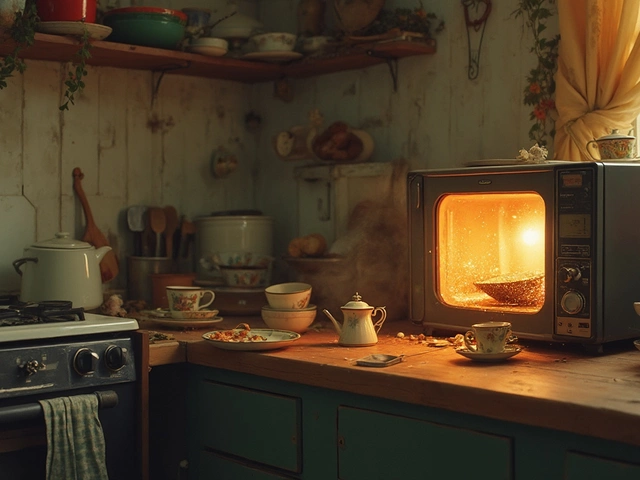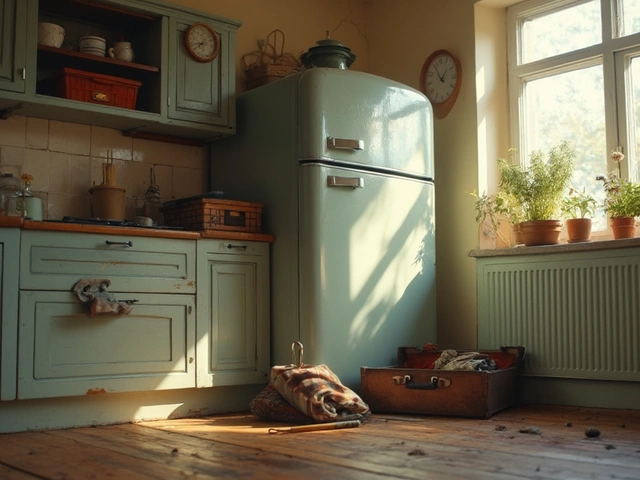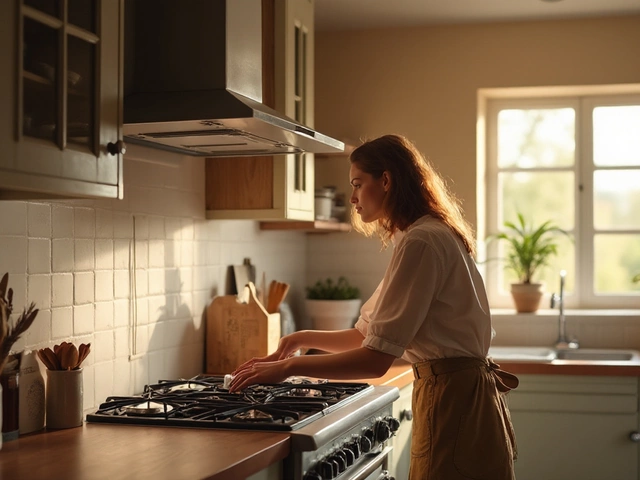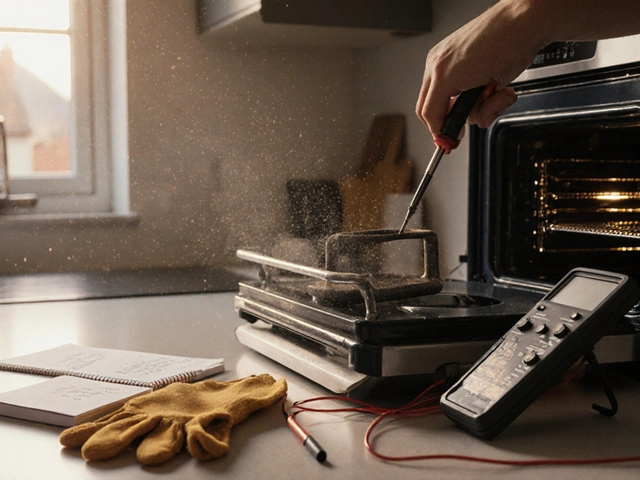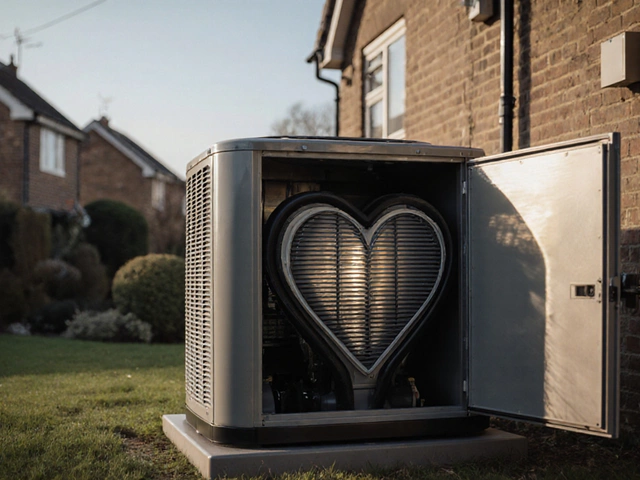How to Tell If Your Microwave is on the Fritz
March 7 2025Stove Troubleshooting: Simple Fixes for Everyday Oven and Cooktop Issues
If your stove is acting up, you don’t have to call a pro right away. Most hiccups are easy to spot and fix with a few basic steps. Below you’ll find the most common problems, why they happen, and what you can do at home before you pick up the phone.
Common Stove Problems and How to Spot Them
First, figure out what’s wrong. Is the oven not heating, the burners staying cold, or are you hearing strange noises? Here are the usual suspects:
- Burner won’t light (gas stove). Look for clogged ports, a dirty igniter, or a weak gas supply.
- Electric coil or glass‑top stays cool. The heating element may be burnt out or the circuit breaker could have tripped.
- Oven temperature is off. A faulty thermostat, sensor, or door seal can cause this.
- Uneven heat. This often means a warped pan, a broken fan in a convection oven, or uneven gas flow.
- Strange smells or smoky odor. Grease buildup, a leaking gas line, or a cracked thermocouple are common causes.
Notice any error codes on a digital display? Write them down – they’re a shortcut to the exact fault.
Step‑by‑Step Fixes You Can Do Today
1. Turn off power or gas. Safety first. Switch off the stove at the wall or shut the gas valve before you start.
2. Clean the burners. Remove the burner caps, soak them in warm soapy water, and use a soft brush to clear any food debris. Re‑assemble and test the igniter.
3. Check the igniter. For a gas stove, a glowing igniter should spark when you turn the knob. If it’s dim or doesn’t spark, it may need a replacement – a quick $20 part you can order online.
4. Test the heating element. With the stove unplugged, use a multimeter to check continuity. No continuity means the element is dead and should be swapped.
5. Inspect the thermostat or sensor. If the oven heats but the temperature is wrong, the sensor might be dirty or broken. Clean any dust, then test with a multimeter. Replace if the reading is out of range.
6. Look at the door seal. A cracked seal lets heat escape, causing uneven baking. Run a finger around the edge; feel for gaps. Re‑seal or replace the gasket if needed.
7. Reset the circuit breaker. Occasionally a tripped breaker will stop the cooktop from heating. Flip the breaker off, wait a few seconds, then turn it back on.
8. Run a cleaning cycle. Many ovens have a self‑clean function. Set it, let it heat up, and wipe away the ash once it cools. This clears residue that can affect temperature sensors.
If you’ve tried these steps and the stove still misbehaves, it’s probably time to call a certified gas engineer. Trying to fix complex gas valves or internal wiring yourself can be dangerous.
Remember, regular maintenance prevents most breakdowns. Wipe spills right away, keep the knobs free of dust, and schedule a yearly check‑up if you use a gas stove heavily. With a little attention, your stove will stay reliable and safe for years.
 15 May
15 May
Electric Stove Problems: The Two Most Common Issues You Need to Know
Electric stoves make life easier until something goes wrong. The two most common problems are surprisingly fixable with the right approach. This article explains why your stove might stop heating or act up unpredictably. Expect clear tips to keep your stove running and avoid wasting money on avoidable repairs. Basic troubleshooting can save the day if you know what to look for.
Read More...